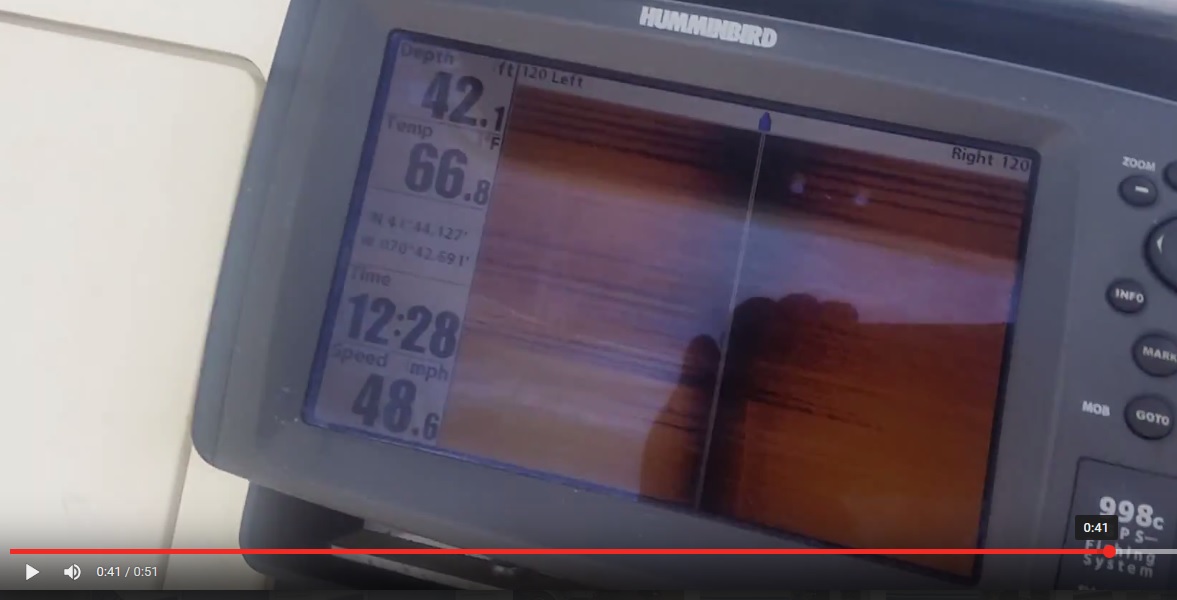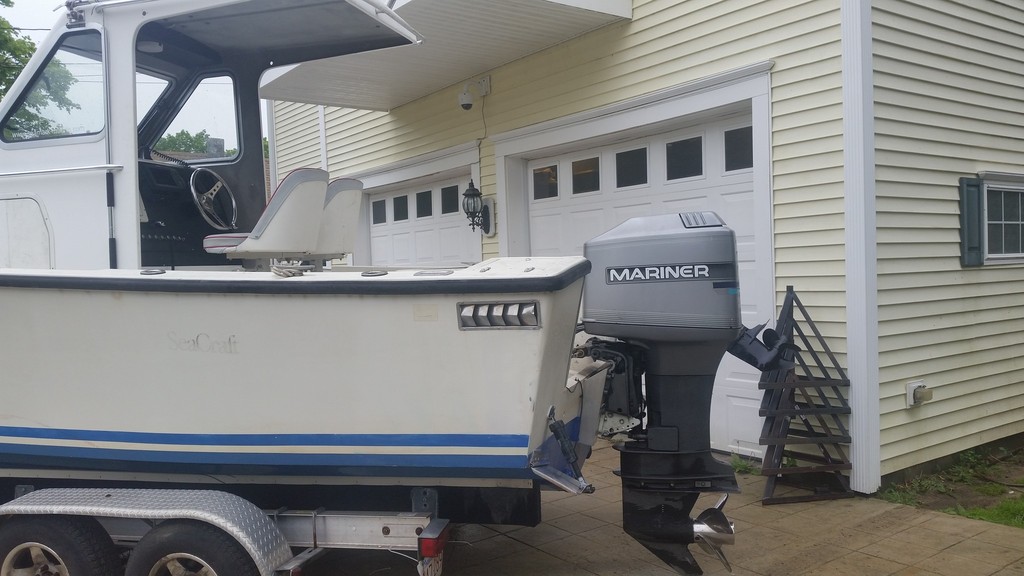
 |
|
|||||||
 |
|
|
Thread Tools | Search this Thread | Display Modes |
|
#1
|
|||
|
|||
|
Hello,
Does anyone have any suggestions for this setup? The SeaCraft is a 1978, and the Merc 250 EFI Offshore is from 1996. I'm currently running a 17 pitch Mirage Plus, and am only getting 5,400 rpm and 46/47 mph with an empty boat. Another thing is the prop blows out on turns, and the engine still needs to be raised a hole or two. Thoughts? |
|
#2
|
|||
|
|||
|
What's your goal?
I would get the engine height set correctly first. It sounds like you are close. The mirage plus is a large diameter lower rake prop (15.5") and it does blowout pretty easily. Rev4 17p will hold a lot better, but you might lose a few RPM's over the mirage plus 17p. I personally would try an 18p Enertia (non Eco) which are faster than the mirage plus and hold a lot better. 19p Highfive is a very small diameter prop that's good in the low to mid range. That prop can ride high and won't blow out. I ran a 225hp 3.0L carb Mariner with a 17p Rev4 for a week (before I sold the engine). Running light I could get into the high 40's trimmed up.   On the current engine 150hp Merc 4 stroke . . . I either run a 15p Enertia or 17p Highfive (depending on load). 
|
|
#3
|
|||
|
|||
|
Appreciate the reply! I'm shooting for a prop that gets me to at least 5,600rpm, and doesn't blow out. Good hole shot is a strong plus, as well as high cruising and top end speed.
What rpms were you turning on the 225 with the 17p rev4? |
|
#4
|
|||
|
|||
|
If I remember correctly it was 5800rpms. That 3.0L engine drank fuel. I could believe how much it used. I put a 2.4L frankenmerc back on after that one until I repowered with the 150.
|
|
#5
|
|||
|
|||
|
Rev 4 is the direction I would go.
__________________
[b]The Moose is Loose ! |
|
#6
|
|||
|
|||
|
How can it be that your 225hp motor turned a prop at 5800 rpm when my 250 can only turn and easier-to-turn prop at 5,400 rpm? Is there something wrong with my motor?
|
|
#7
|
|||
|
|||
|
There may be a difference in gear ratios like there was between Bushwacker’s 150 ETEC and my 150 HO ETEC, both on 20’ Seafaris. I dont remember the details but his liked the Cyclone better than mine, so he bought it. I had better low speed control at 17 mph and achieved the desired WOT RPM with a 17p High Five.
|
|
#8
|
|||
|
|||
|
Quote:
|
|
#9
|
|||
|
|||
|
Actually I looked through my collection of Mercury brochures, and the first year of the 3 liter the 225 carb (1994 year) had a ratio of 1.64 to 1. After that, all of them (even the ones being made now for overseas users) are 1.75 to 1. So unless someone replaced my LU with the old one, it's not possible that Bigshrimpin's outboard turned a lower gear ratio than mine. If anything, it's more likely that he turned a higher gear ratio
|
|
#10
|
|||
|
|||
|
Quote:
 My old 225 mariner carbed engine was a 1997 and had the 1.75 ratio lower. Both 3.0L 225hp and 250 are closer in hp rating than you might think. The later mercury 225EFI's were known to dyno at 242hp. You can run those Rev4 props higher without blowing out . . . less lower unit in the water means less drag (and more rpms). See the Hijacker fixed jack plate on the back of my boat with the 225. My old 225 mariner carbed engine was a 1997 and had the 1.75 ratio lower. Both 3.0L 225hp and 250 are closer in hp rating than you might think. The later mercury 225EFI's were known to dyno at 242hp. You can run those Rev4 props higher without blowing out . . . less lower unit in the water means less drag (and more rpms). See the Hijacker fixed jack plate on the back of my boat with the 225. 100lbs in the wrong place can slow you down a few mph. Every 100lbs extra will make your top end suffer. Waterlogged foam in stringers can add several hundred pounds. T Tops can be the absolute worst performance killers!!! Poorly designed Tops will catch the wind and act like a giant parachute. Just picture a 4x8 sheet of plywood flying through the air at 40mph. Tilt the front of that sheet up 5 - 10 degrees into a 15mph head wind . . . what happens? We are talking about 25year old motors. If we were comparing both engines using the exact same hull in a controlled environment then we could say more definitively that your 250efi was tired. 46mph is respectable with a 250. Here's a video of my boat with a 1987 vertical reed chrome bore 2.4L 175. Running light the boat would tickle 43/44mph. Those 2.4L engines weigh under 400lbs. Early fingerported 2.4L 200hp horizontal reed mercs would dyno at 218hp from the factory. That vertical reed 2.4L was real strong too . . . I'd bet money that engine was over 200hp on a dyno (despite the sticker on the cowling) and had good bottom end torque. (here's a few mods for the 2.4L . . . https://www.chattanoogafishingforum....=39864&start=1) https://www.youtube.com/watch?v=jg7cdv1w1vE |
 |
|
|